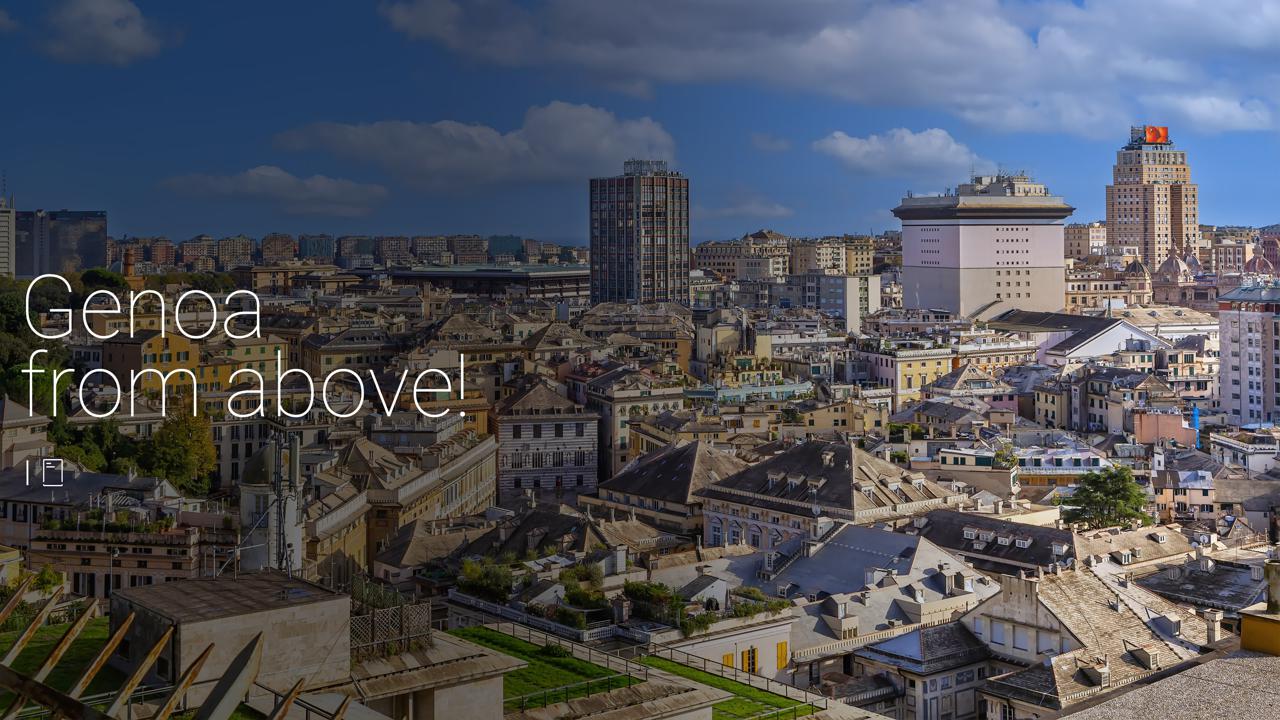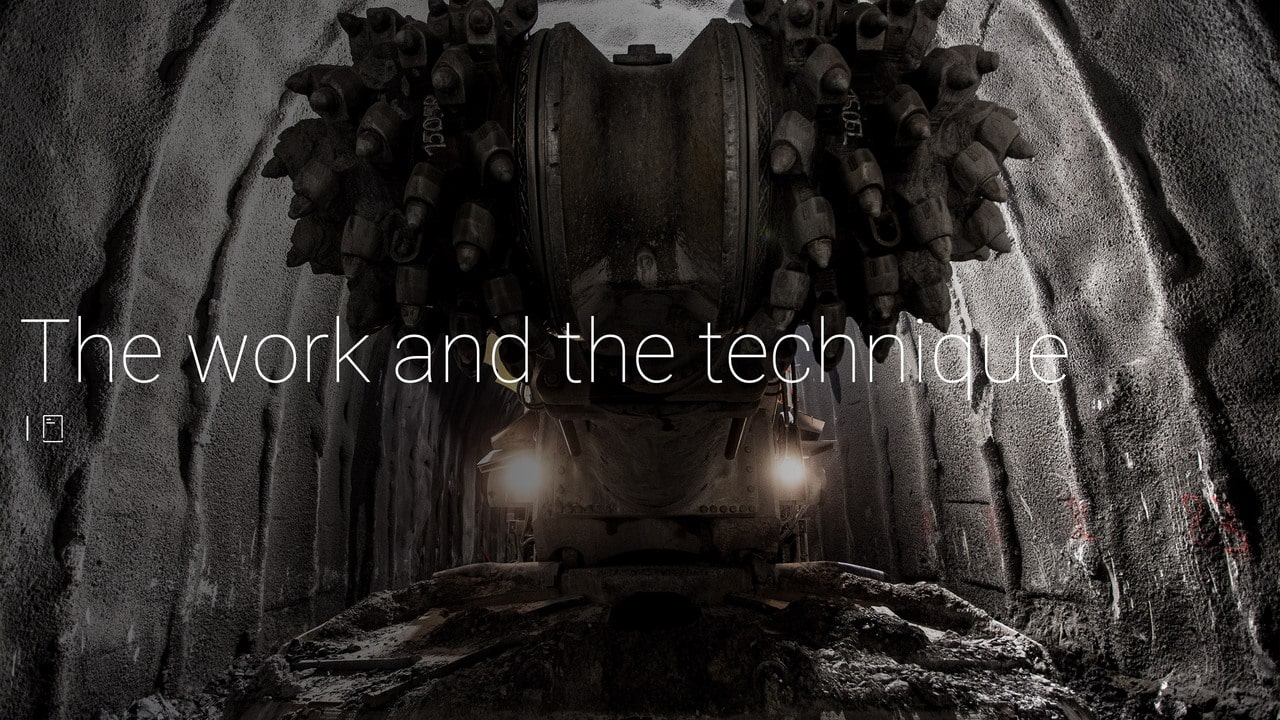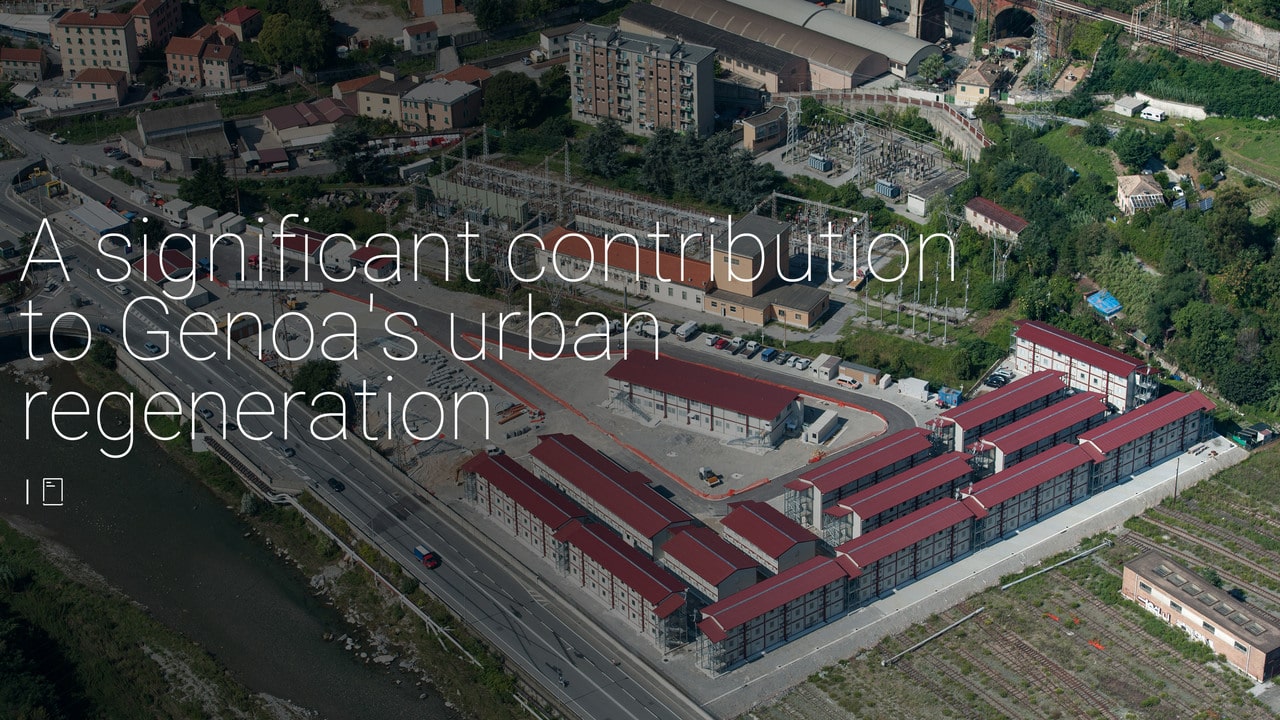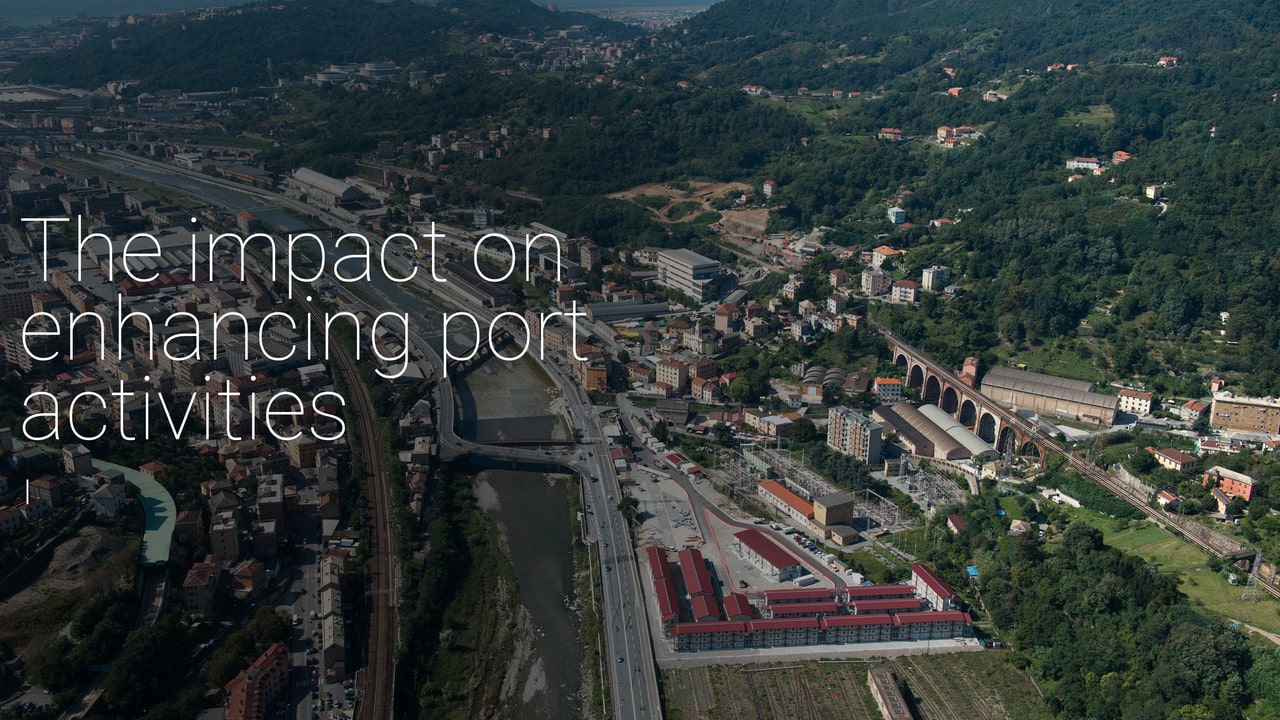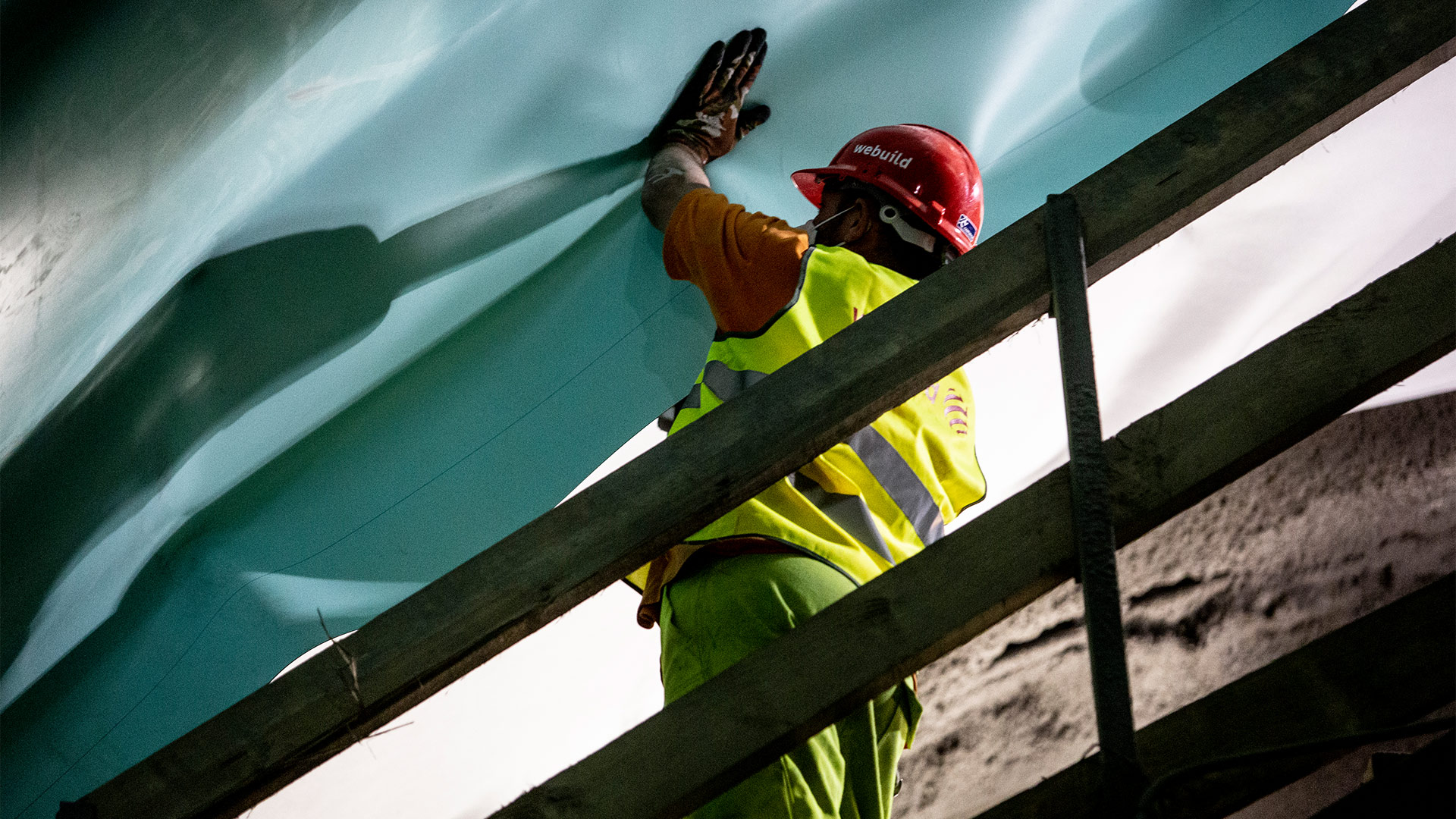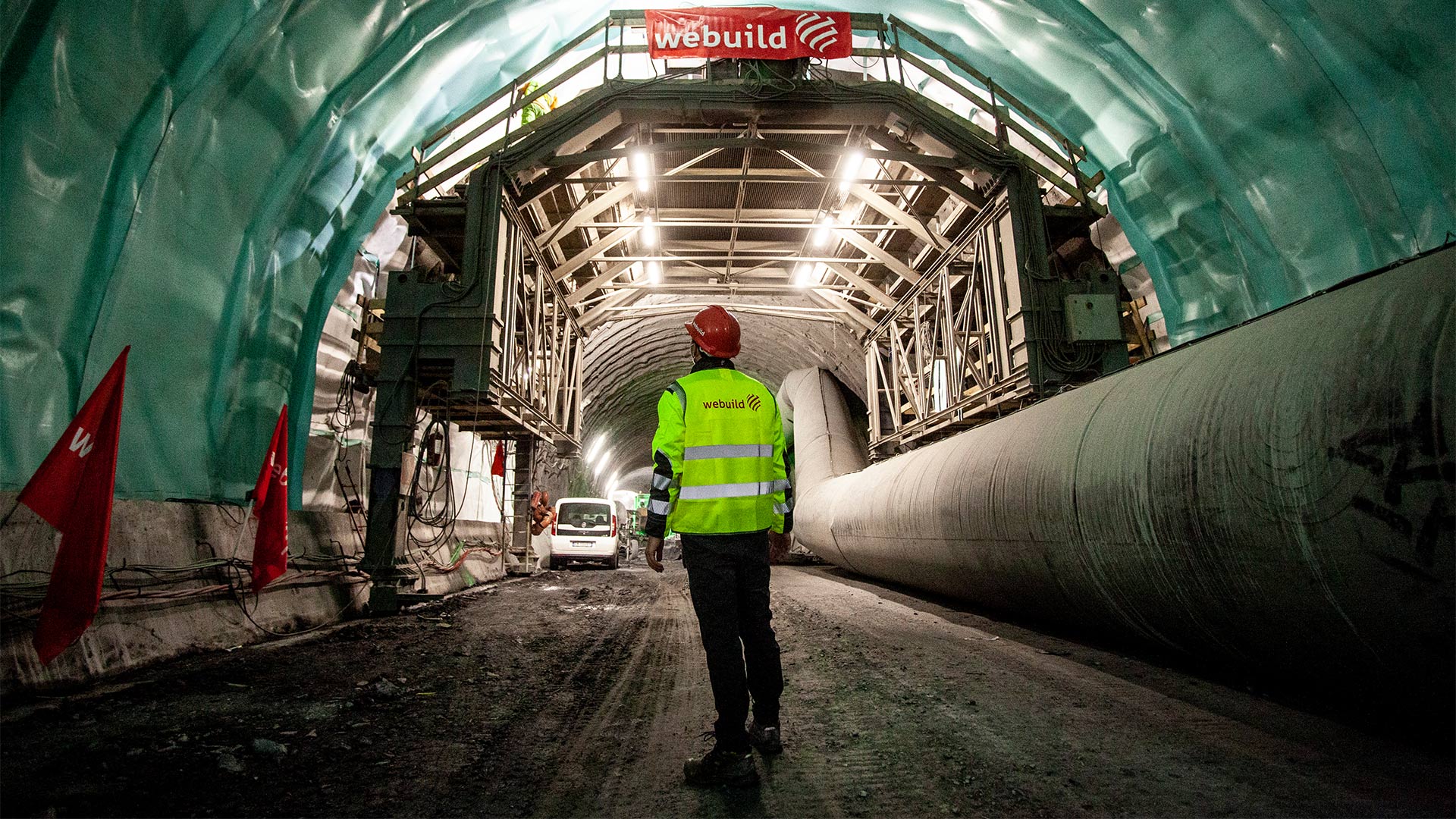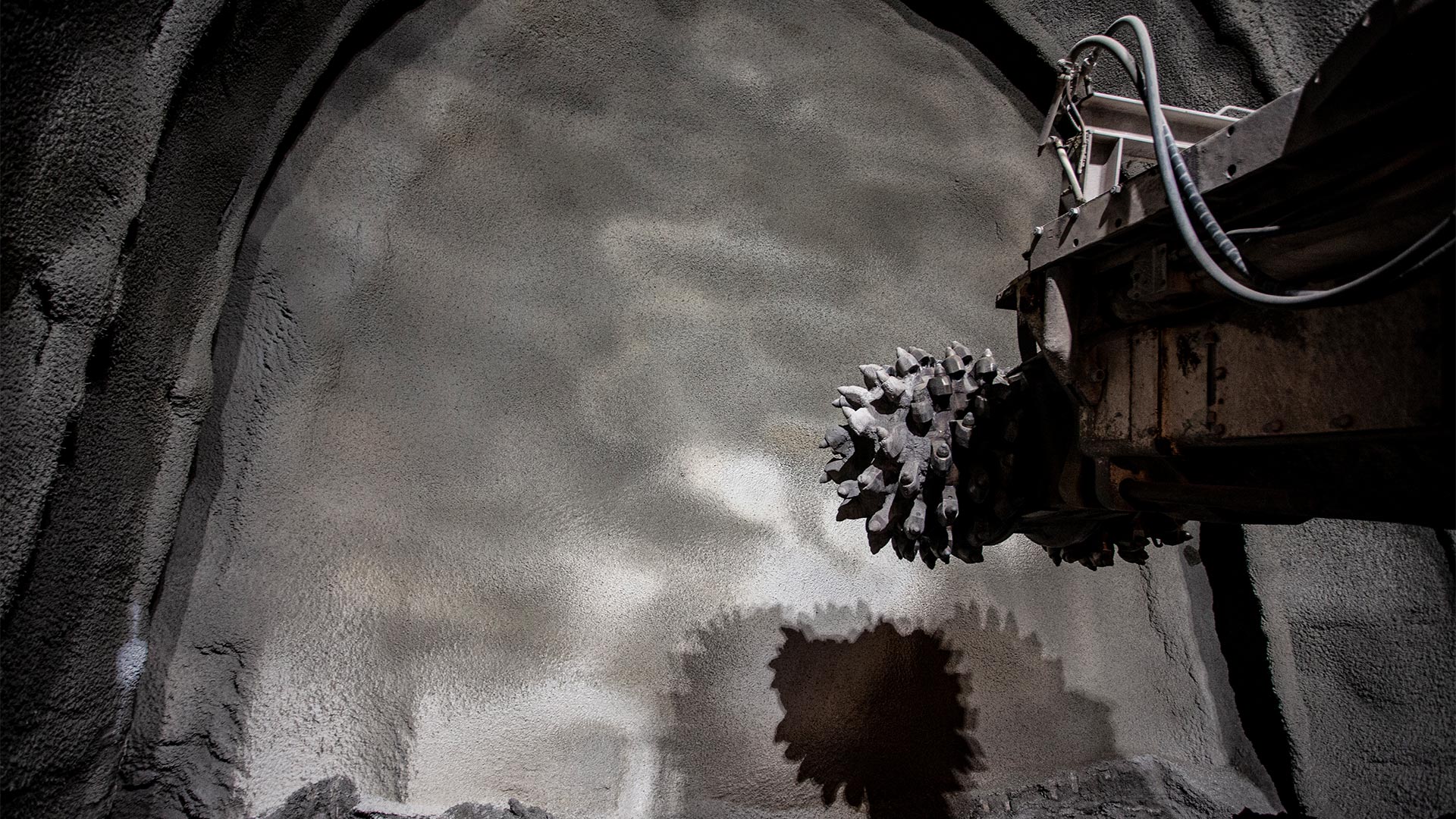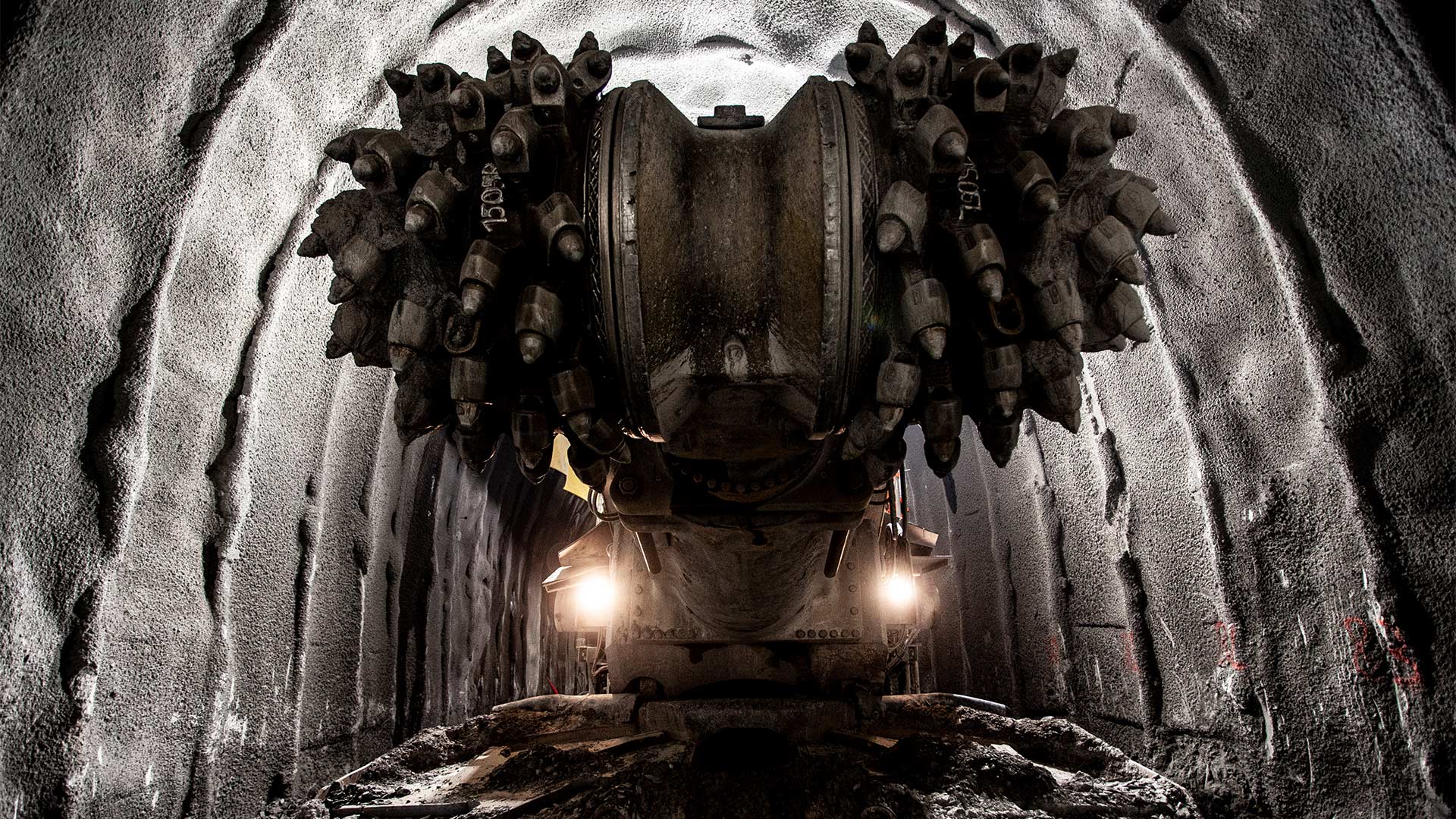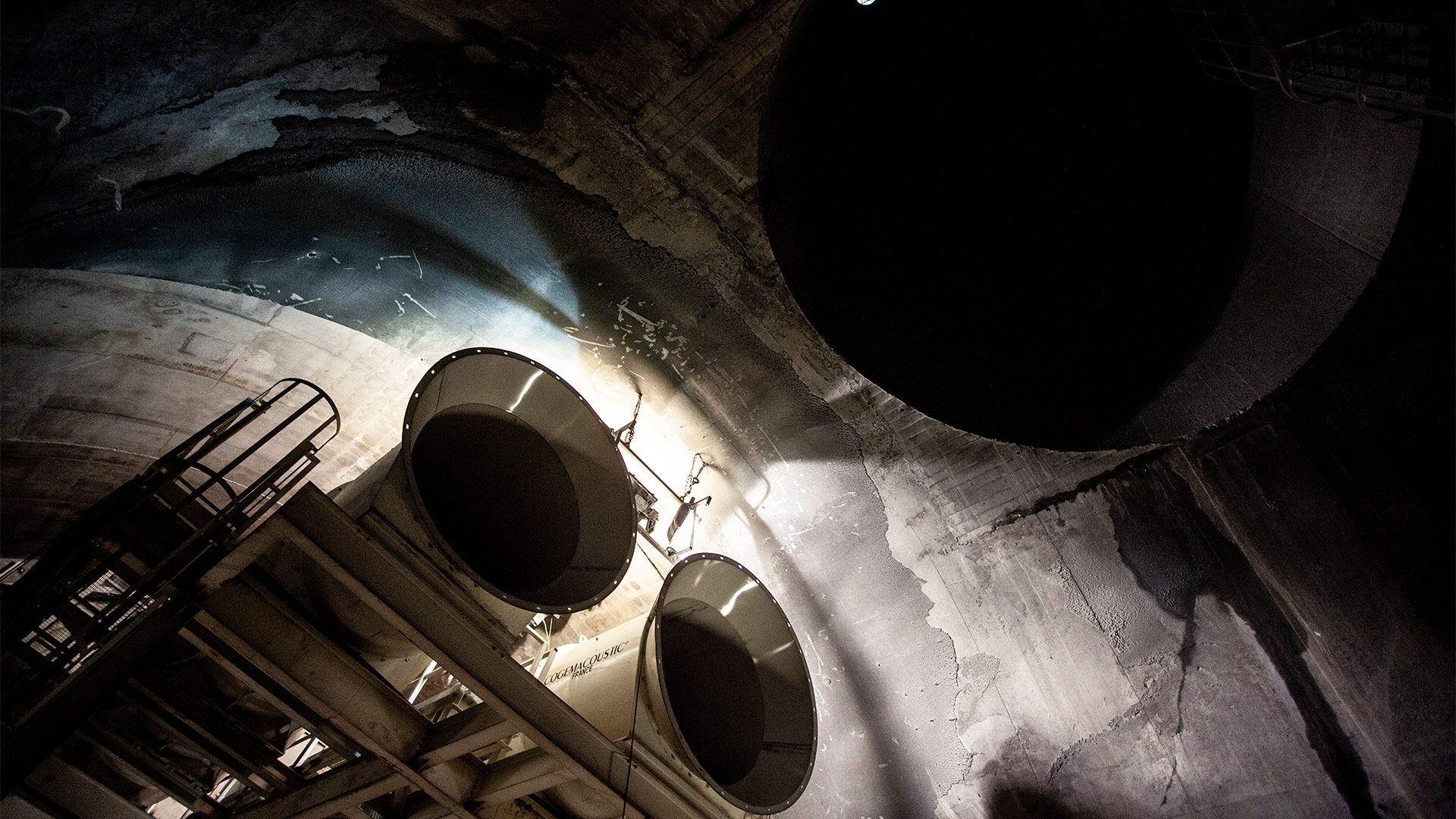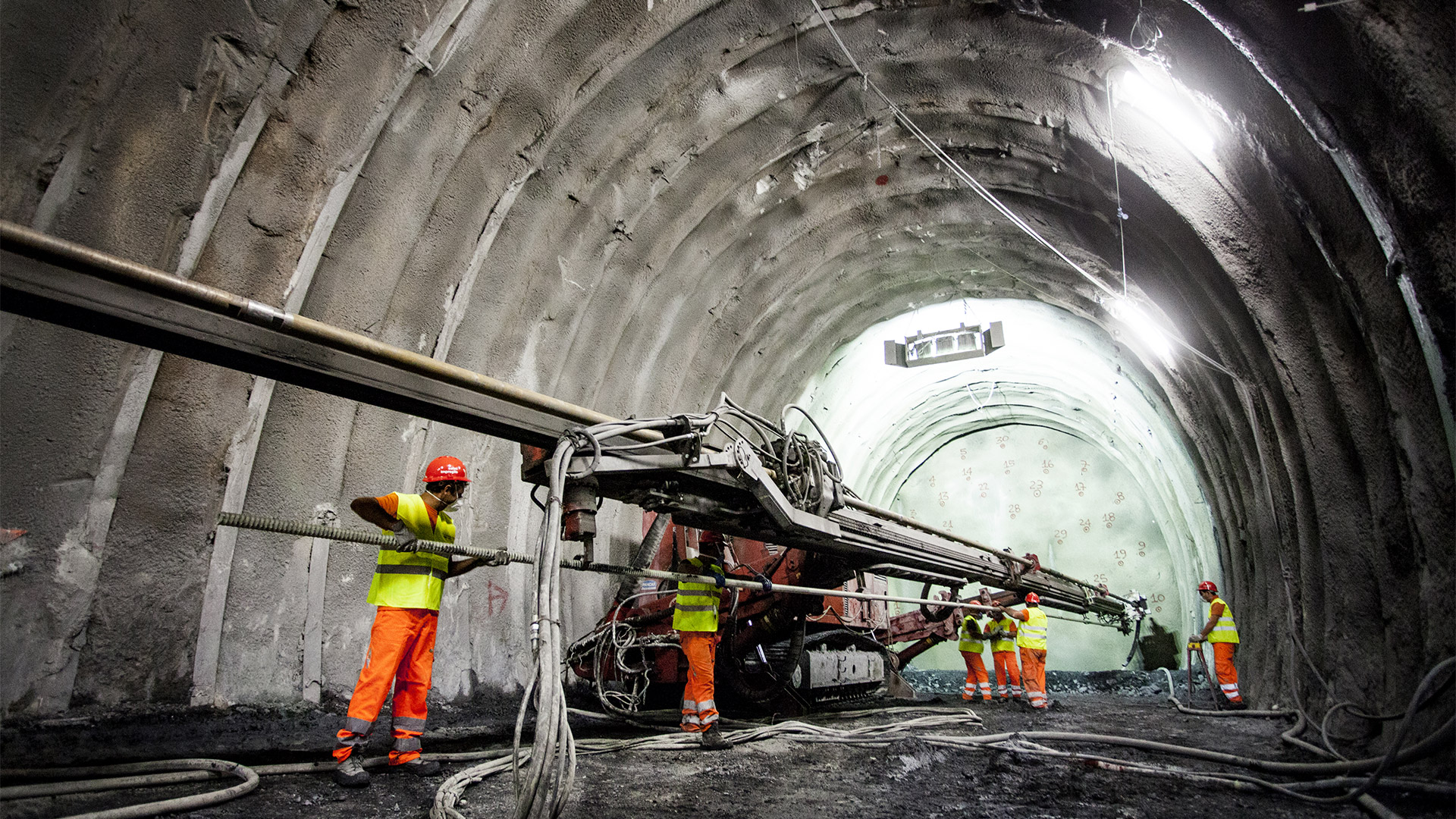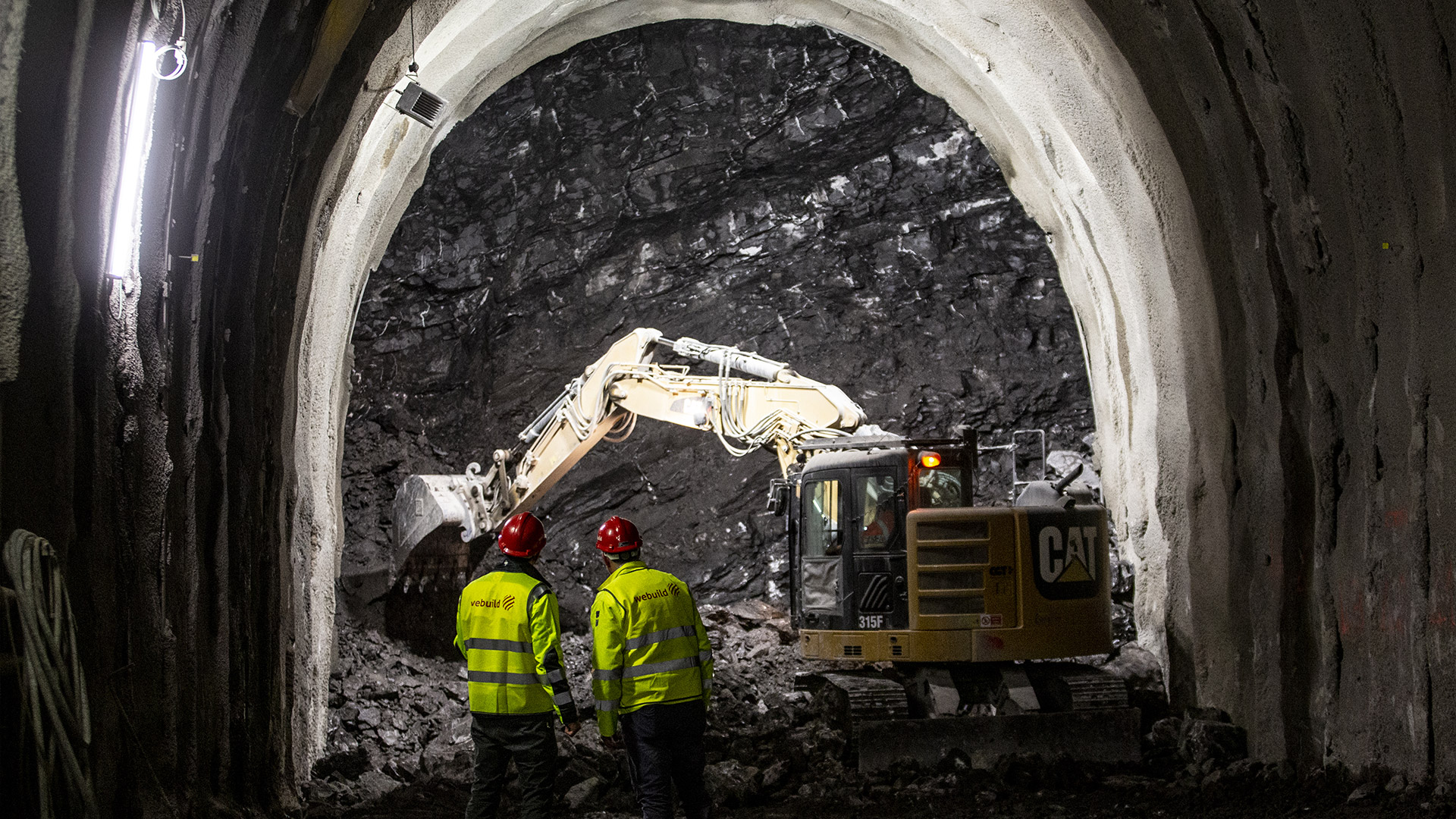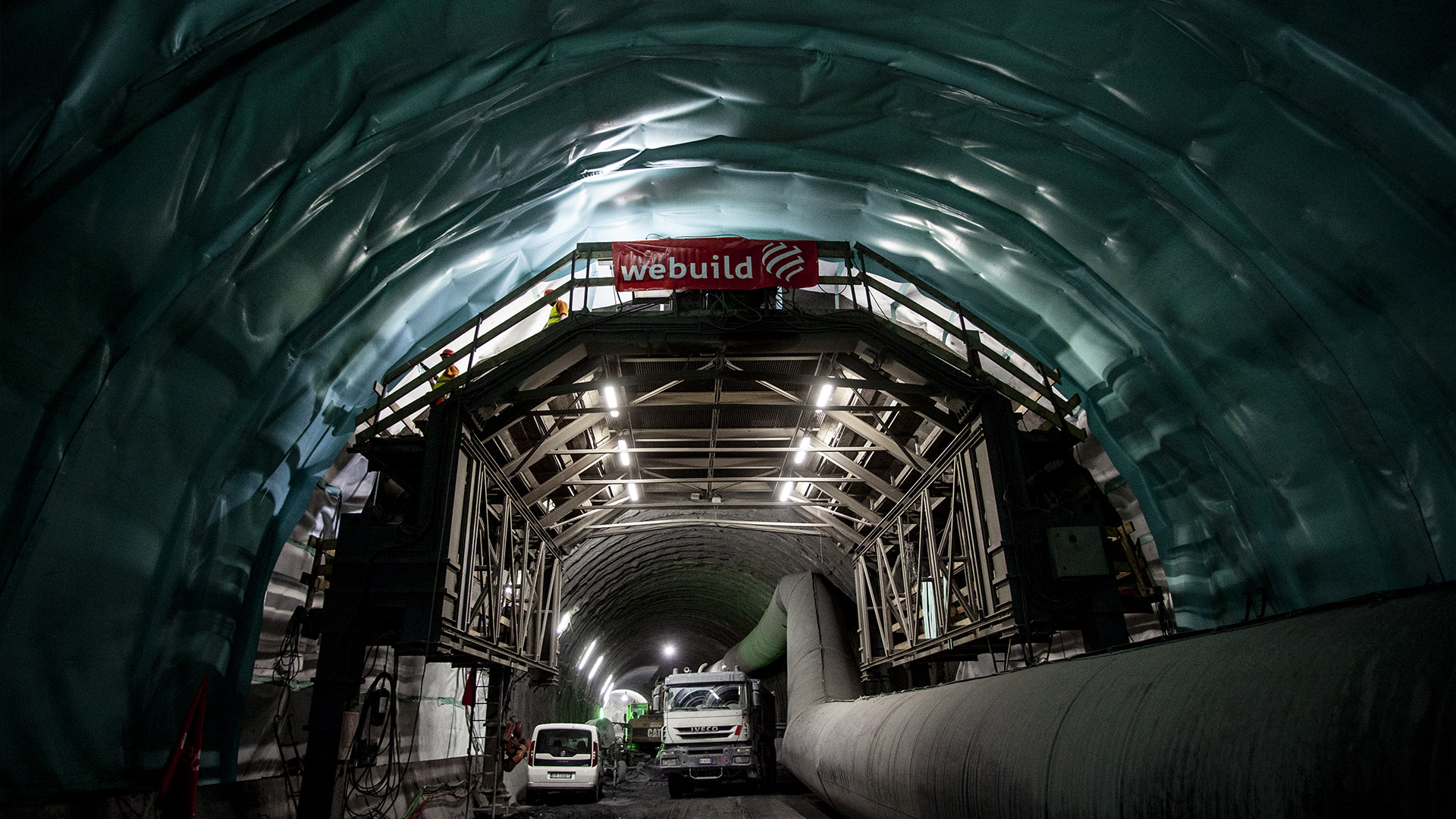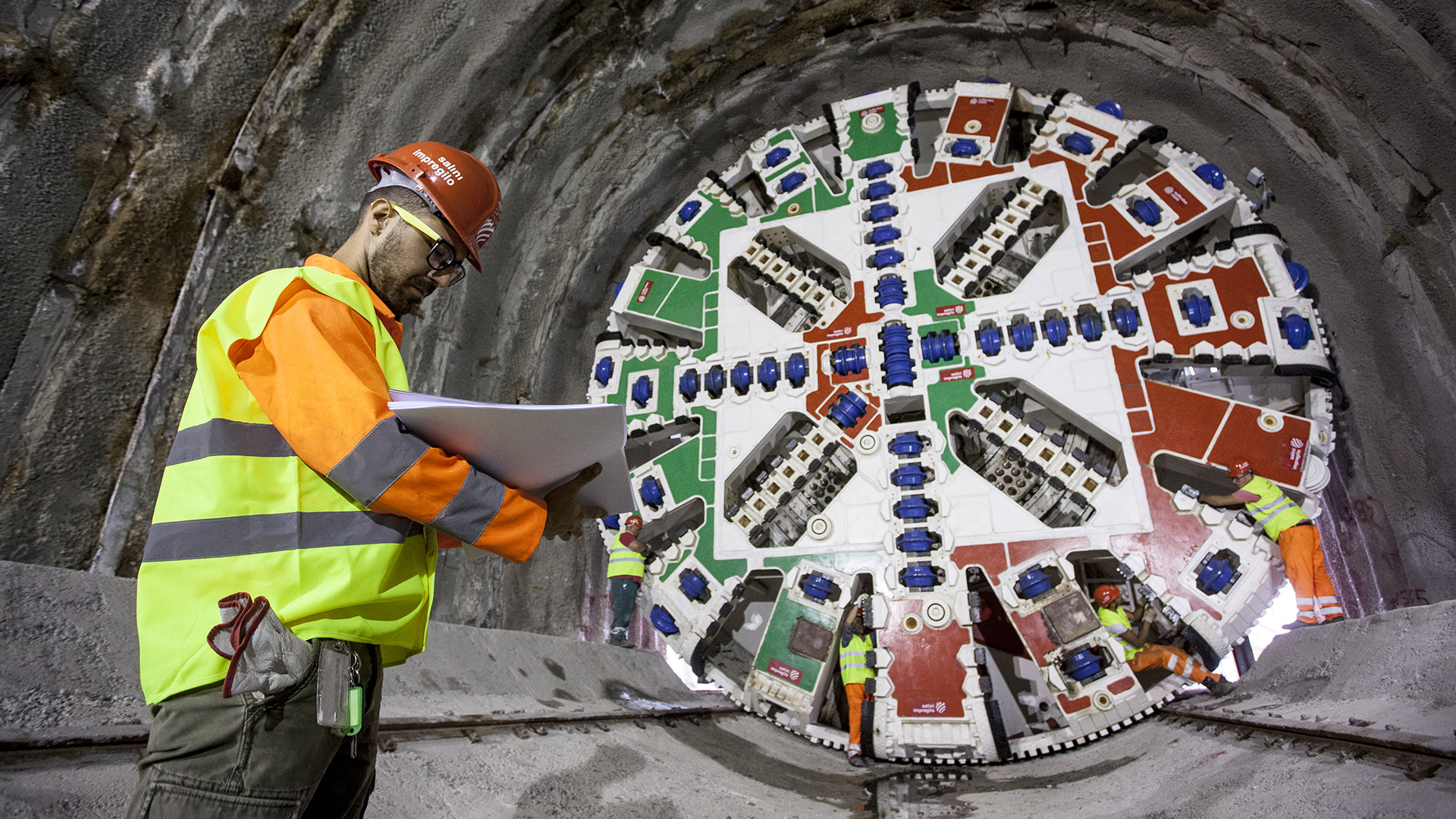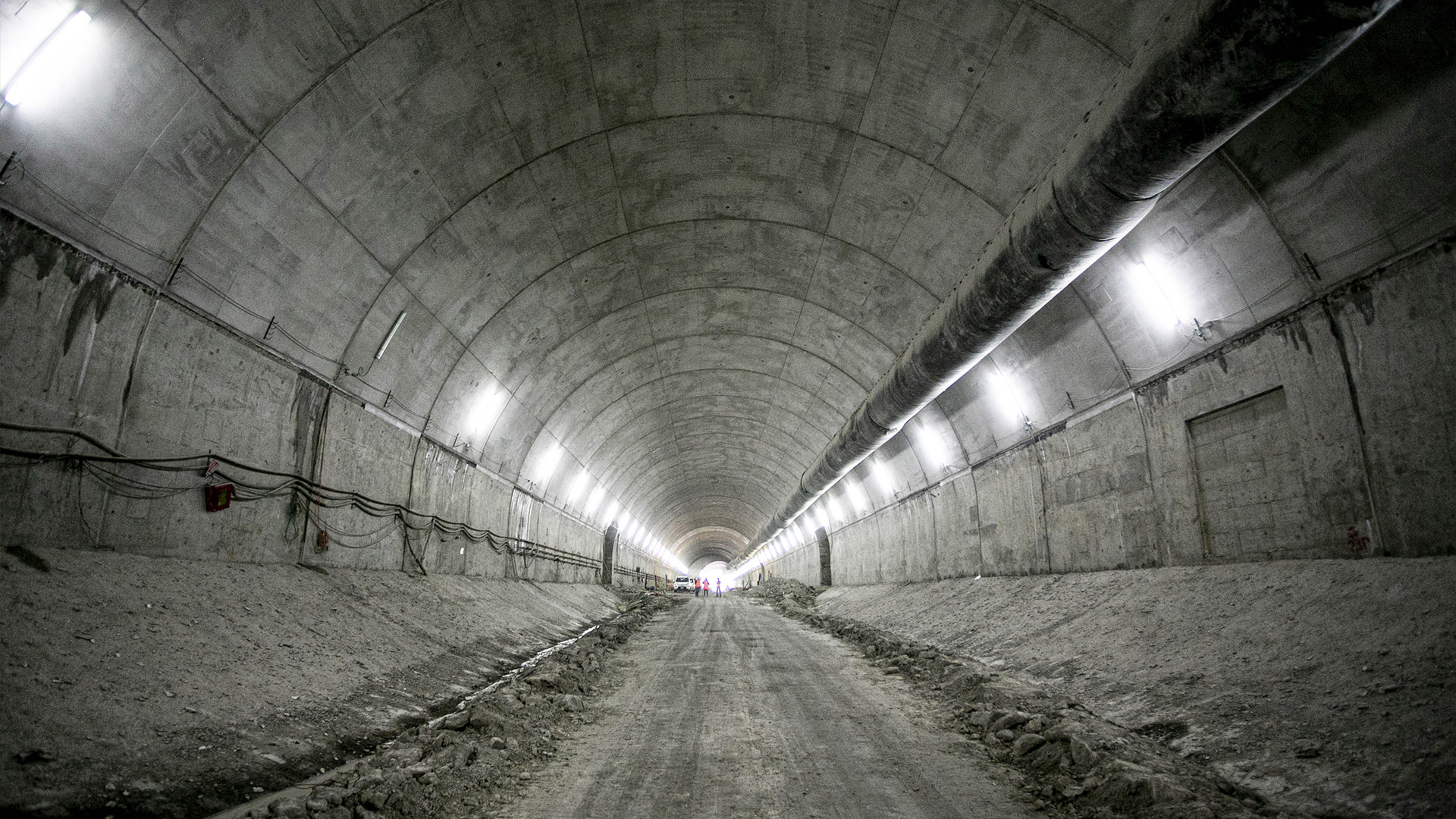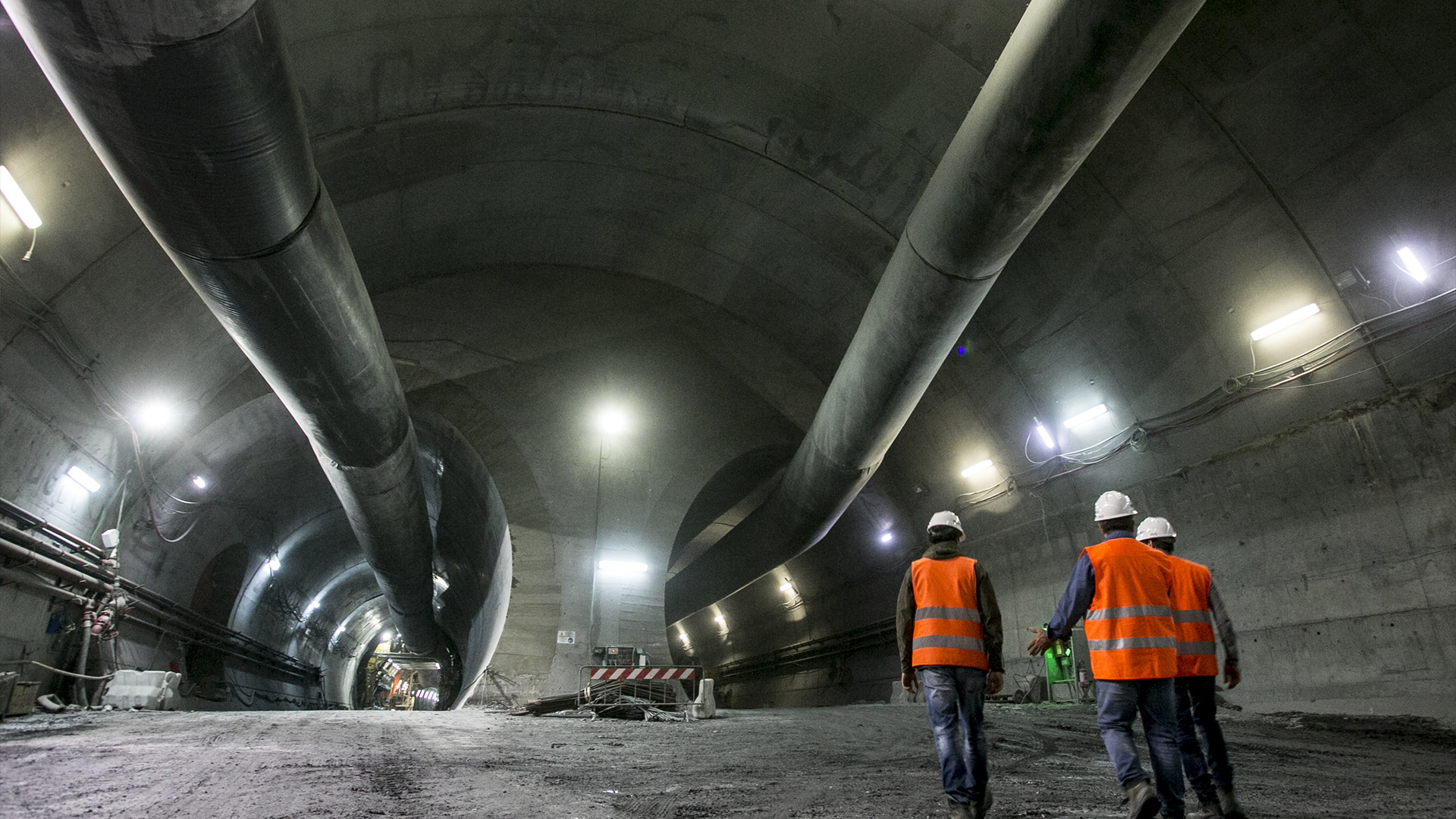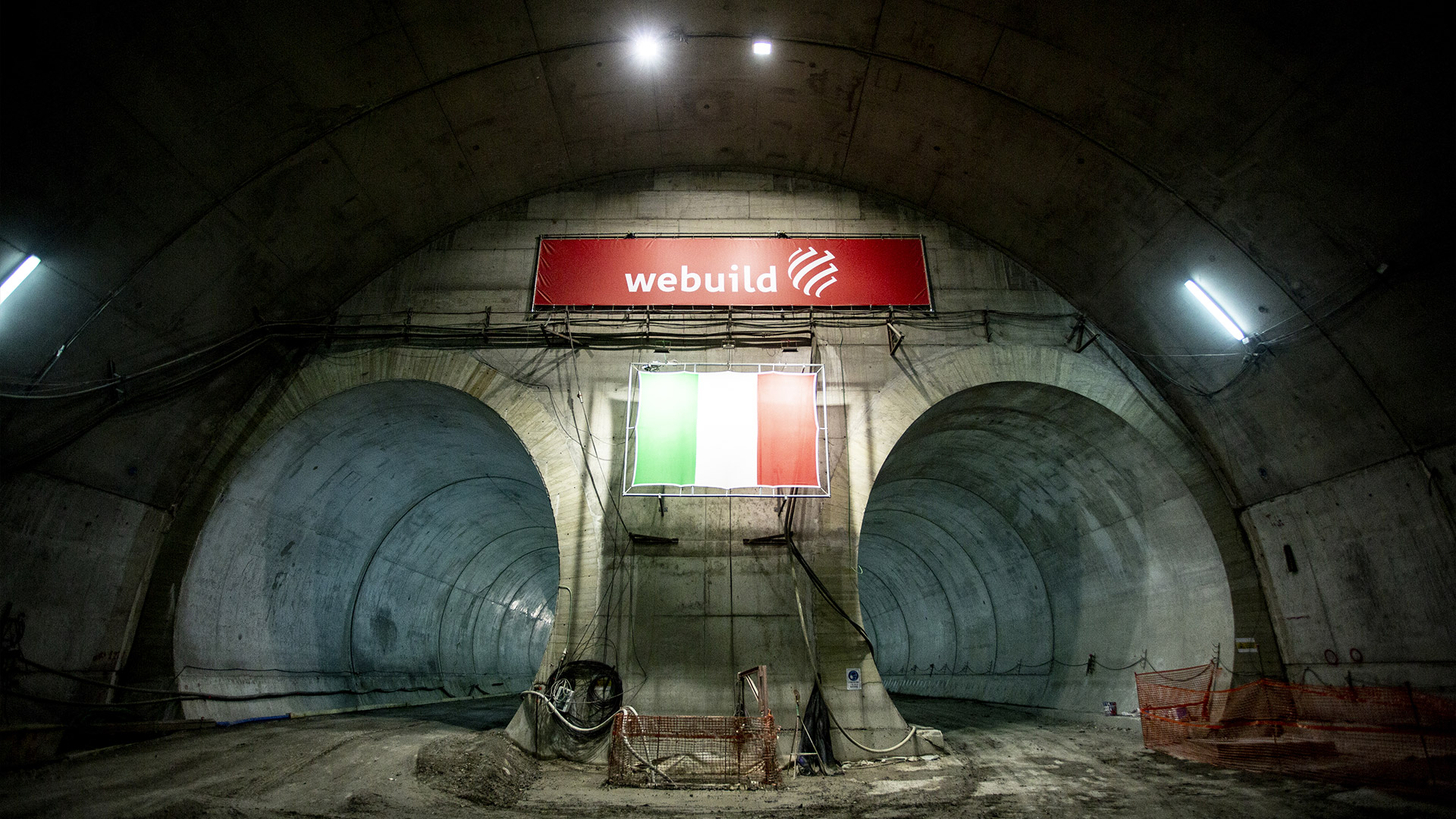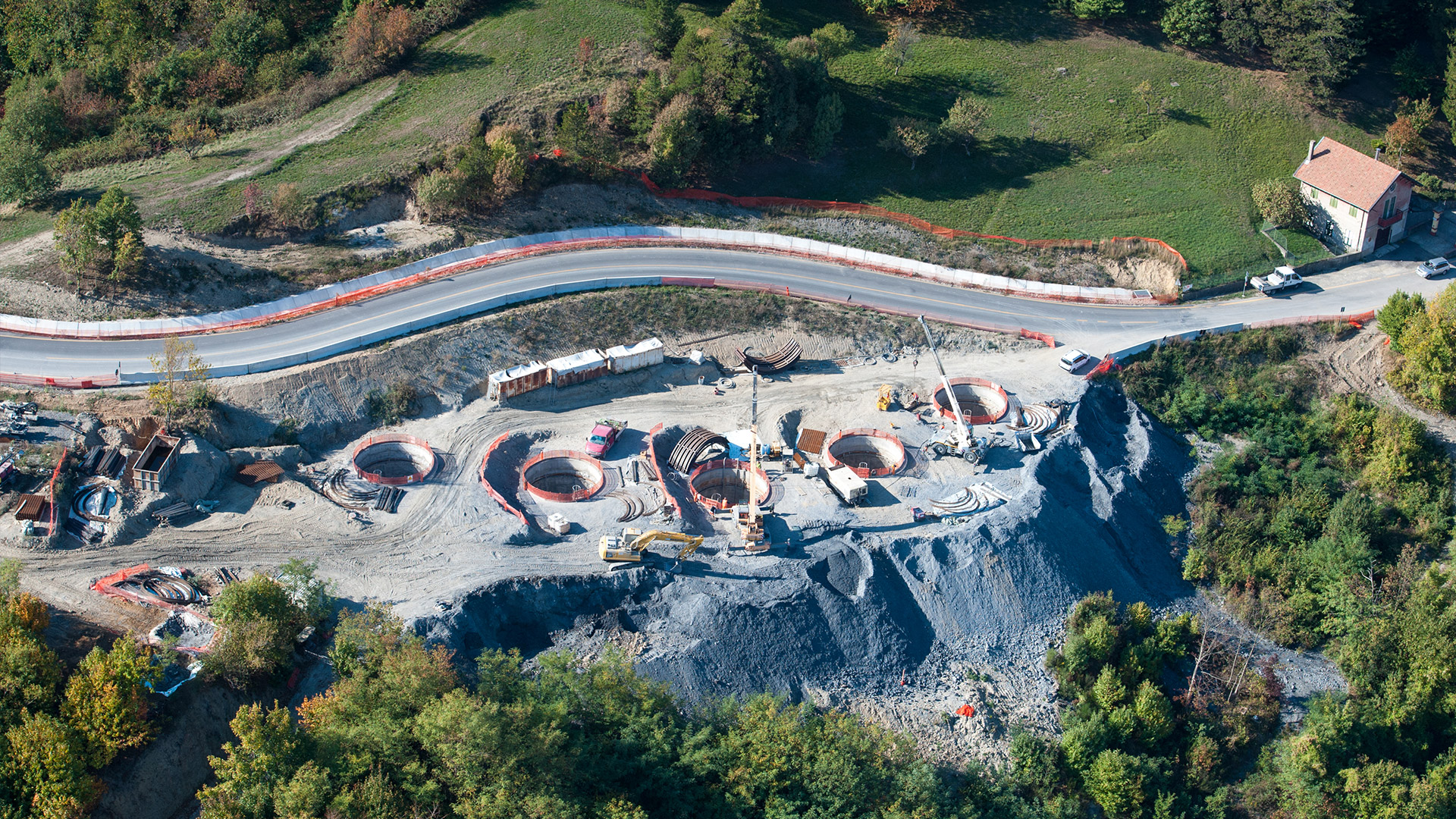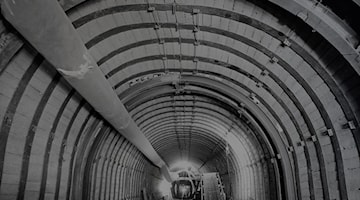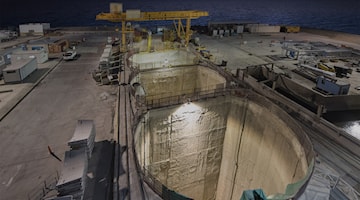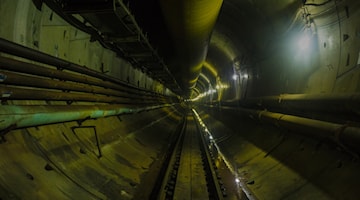Interconnected Genoa
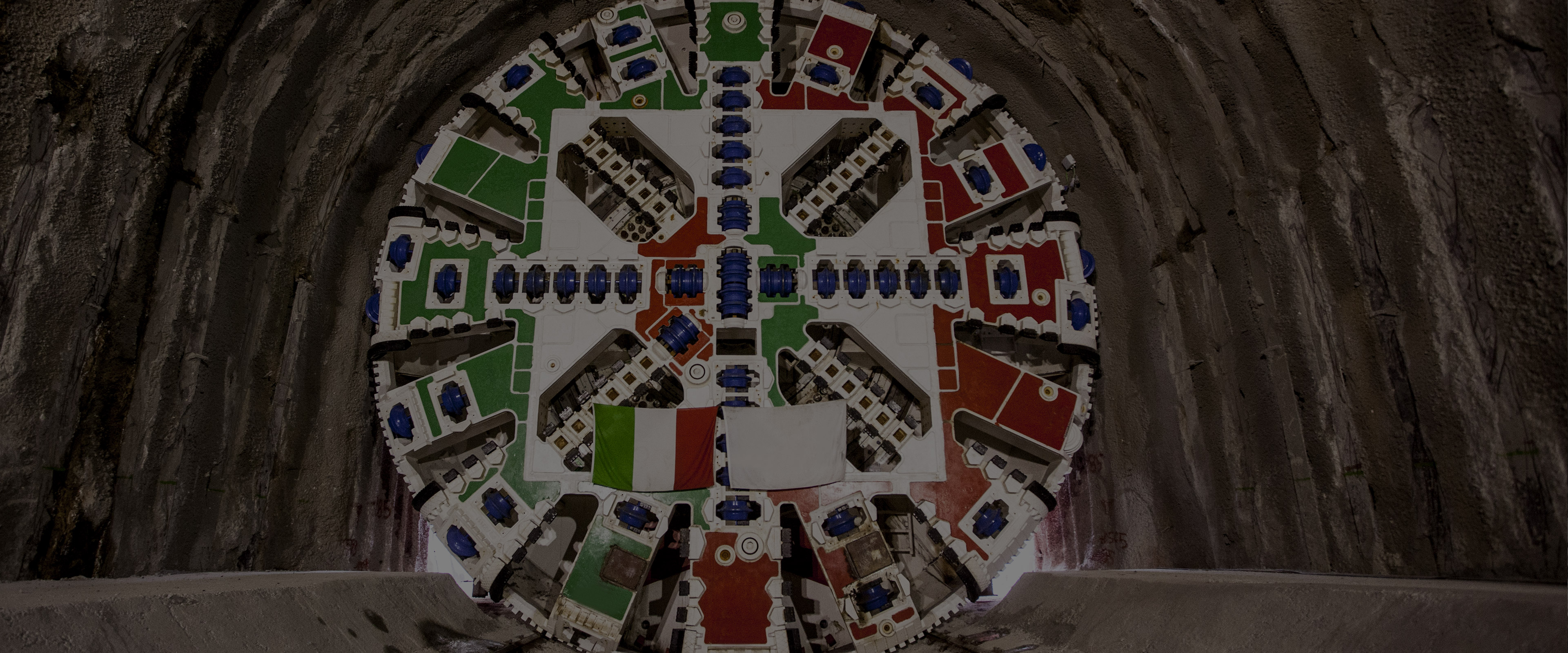
TERZO VALICO GENOA JUNCTION, ITALY
The Piemont-Liguria Ocean was separated from the Tethys some 200 million years ago, with Pangea's rifting. Tens of millions of years later, from the plate collision in its bedrock, the Alps and Apennines were formed, creating the border between Liguria and Piedmont: a truly complex geological zone.
Today, this extraordinary “scar” coincides with one of Europe's most important crossroads: Terzo Valico dei Giovi One Project, the HS/HC railway line connecting Genoa to Rotterdam, and its port to the markets in the North Sea.
To strengthen this junction, a huge construction site was put in place. The once Italian Prime Minister, Mario Draghi, described it as “really astounding”, when looking at its numbers: over 2,500 companies and 5,000 people are in fact employed in a supply chain with 99% Italian companies, capable of generating 4 billion euros in contracts.
Cutting-edge technologies face faults, folds, tears, and rock layers, of varied nature, fine-tuning a 53-kilometre rail route, 37 kilometres of which inside double-barrel tunnels, a tunnel per direction.
If we consider the double sections, the tunnel length totals 90km (four main ones: three natural, one artificial), including Italy's longest railway tunnel (the Valico Tunnel, which is 27 km). Various excavation techniques were used to move 15 million cubic metres of rock and terrain, and 3.5 million cubic metres and 160,000 tons of concrete reinforcements were put in place.
The trains that will speed along the new line will run up to 250 km/h, interconnecting at Voltri, Genova Parco Campasso, Novi Ligure and Tortona. When fully operational, the Genoa Junction's connection to the Terzo Valico, thanks to the flow of freight trains, will reduce energy consumption by 29%, and CO2 emissions by 55% compared to road transport. While, with regard to ship transport, travel times will decrease by 56%, and CO2 emissions by 71%.
Genoa's historic center, the densest in Europe, with 5,000 surveyed buildings, will also benefit from the infrastructure in the long run.
The shorter distances to reach the most important “job-abundant” cities (Milan will be reachable in less than an hour), and the employment spin-offs associated with the hub, will contribute to urban regeneration, also stemming a population decline and depopulation, increasing real estate values, which are currently quite low.
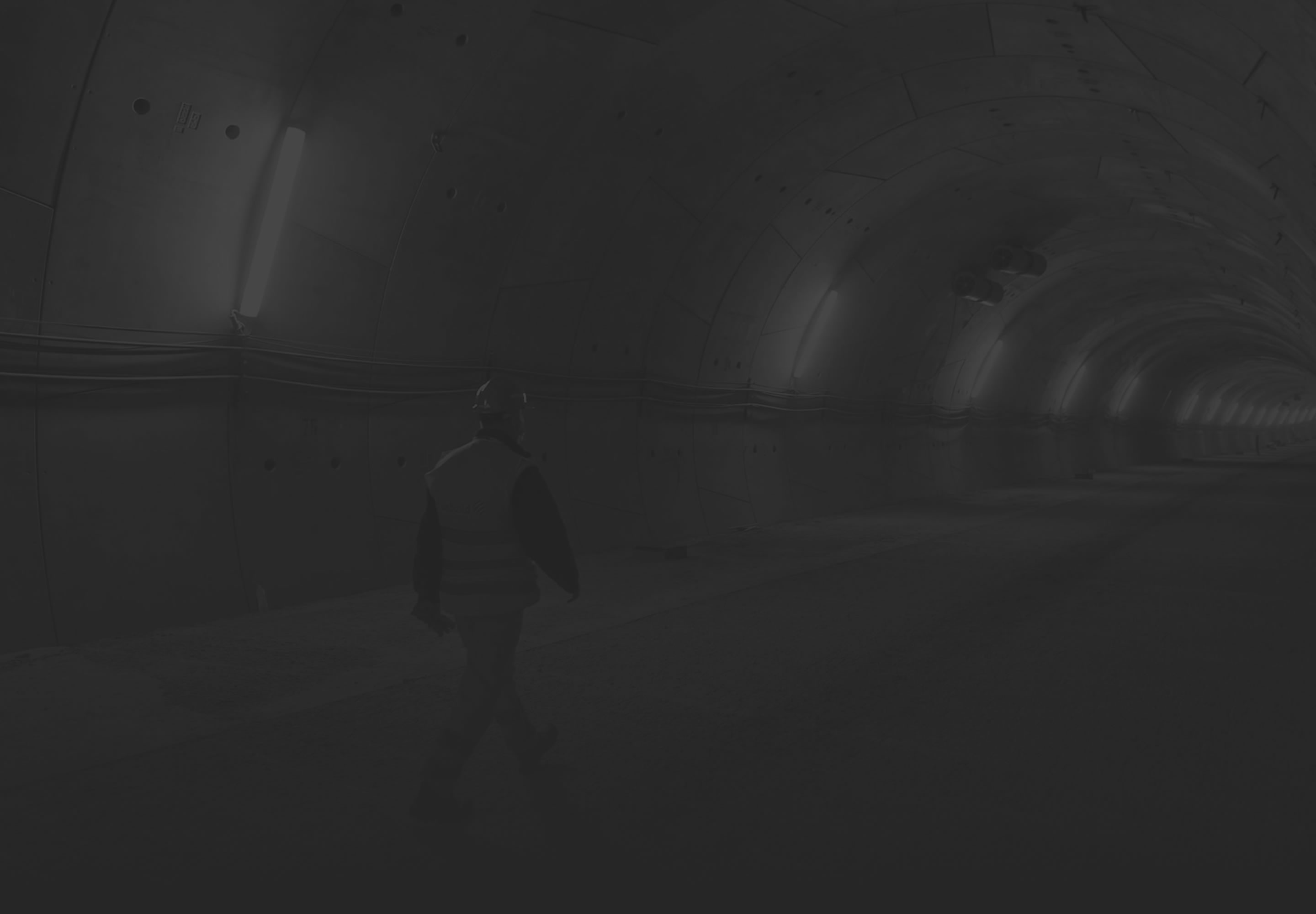
THE WORK AND THE TECHNIQUE
KM OF RAILWAY TRACK
KM OF INTERCONNECTIONS PLUS OTHER SECONDARY CONNECTIONS
KM ITALY'S LONGEST RAILWAY TUNNEL, THE VALICO TUNNEL
KM OF TOTAL TUNNELS
MILLION M3 OF EXCAVATED MATERIAL
MILLION M3 OF CONCRETE
T OF STEEL FOR CONCRETE REINFORCEMENT
T OF METAL FOR TUNNEL PRE-LINING RIBS
PEOPLE EMPLOYED
COMPANIES ENGAGED, 99% OF WHICH ARE ITALIAN COMPANIES
RFI - Rete Ferroviaria Italiana (Gruppo FS Italiane)
Webuild is leading General Contractor with a 99.999% stake
Progetto Terzo Valico Junction is a huge work, in terms of both numbers and means of transport, met the challenges brought about by an underground route by using cutting-edge technology and the work of premium engineers and personnel, who were ready to meet the difficulties brought about by the fact that the terrain had different geological characteristics.
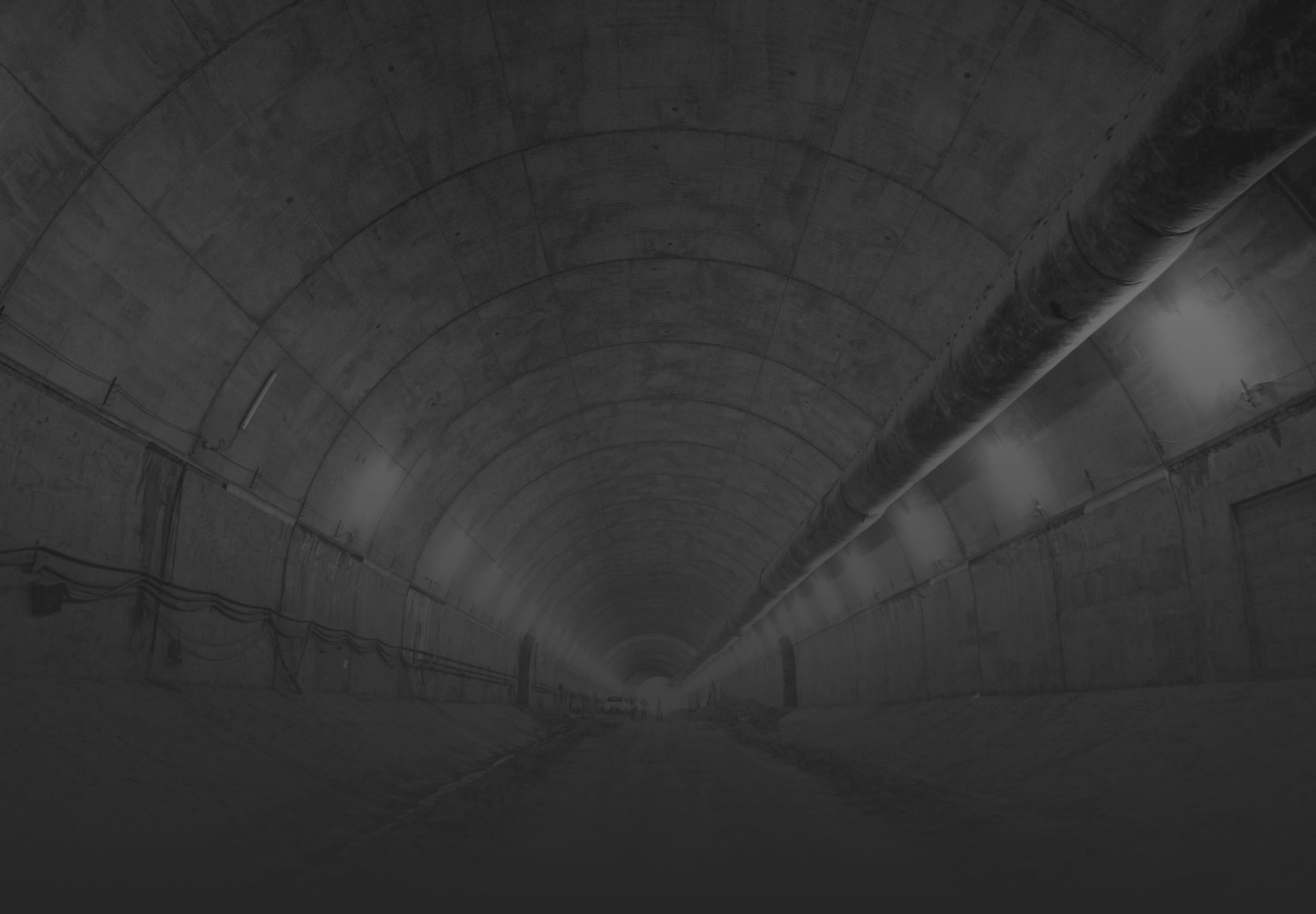
CULTURAL INSIGHTS
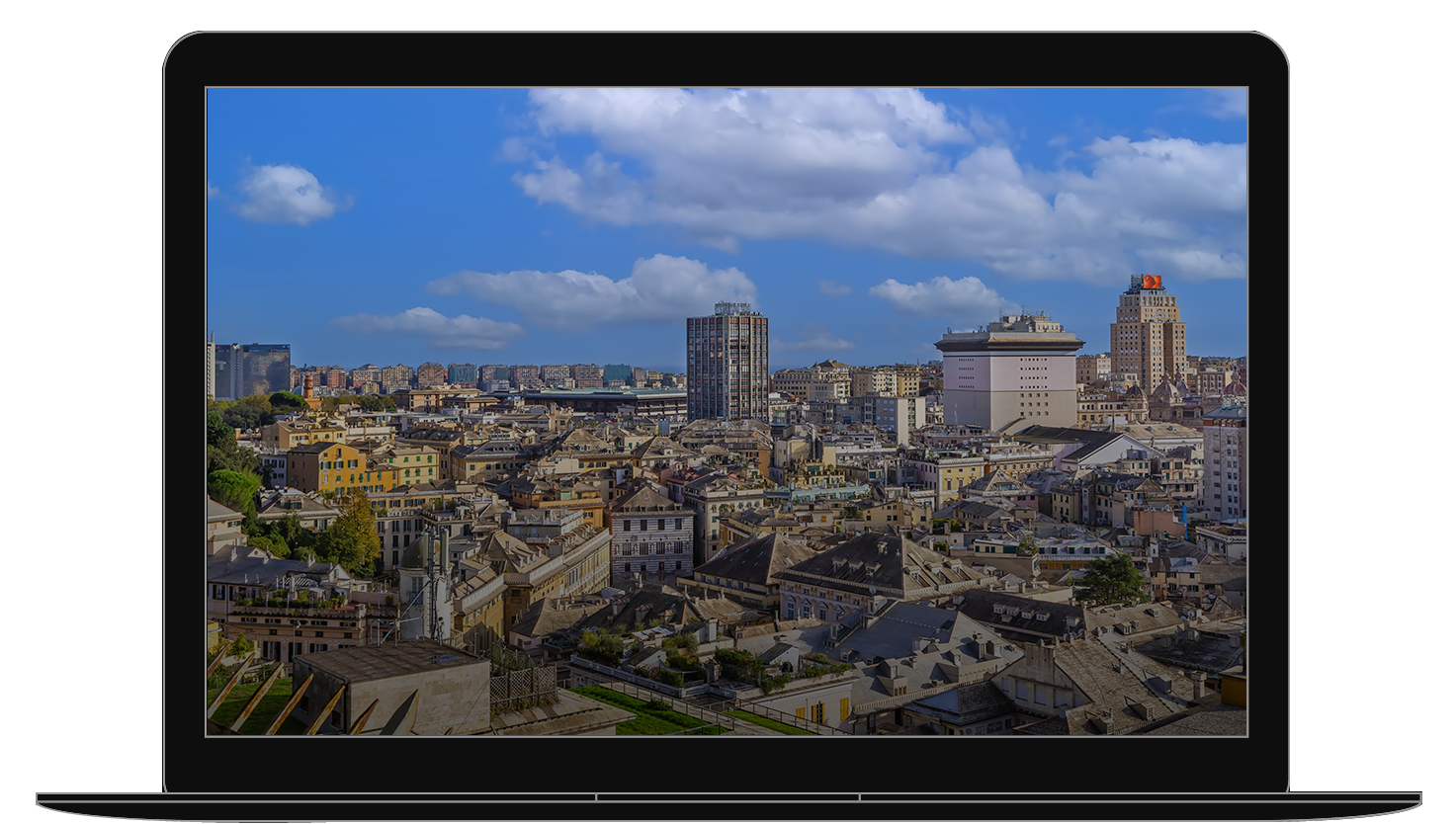
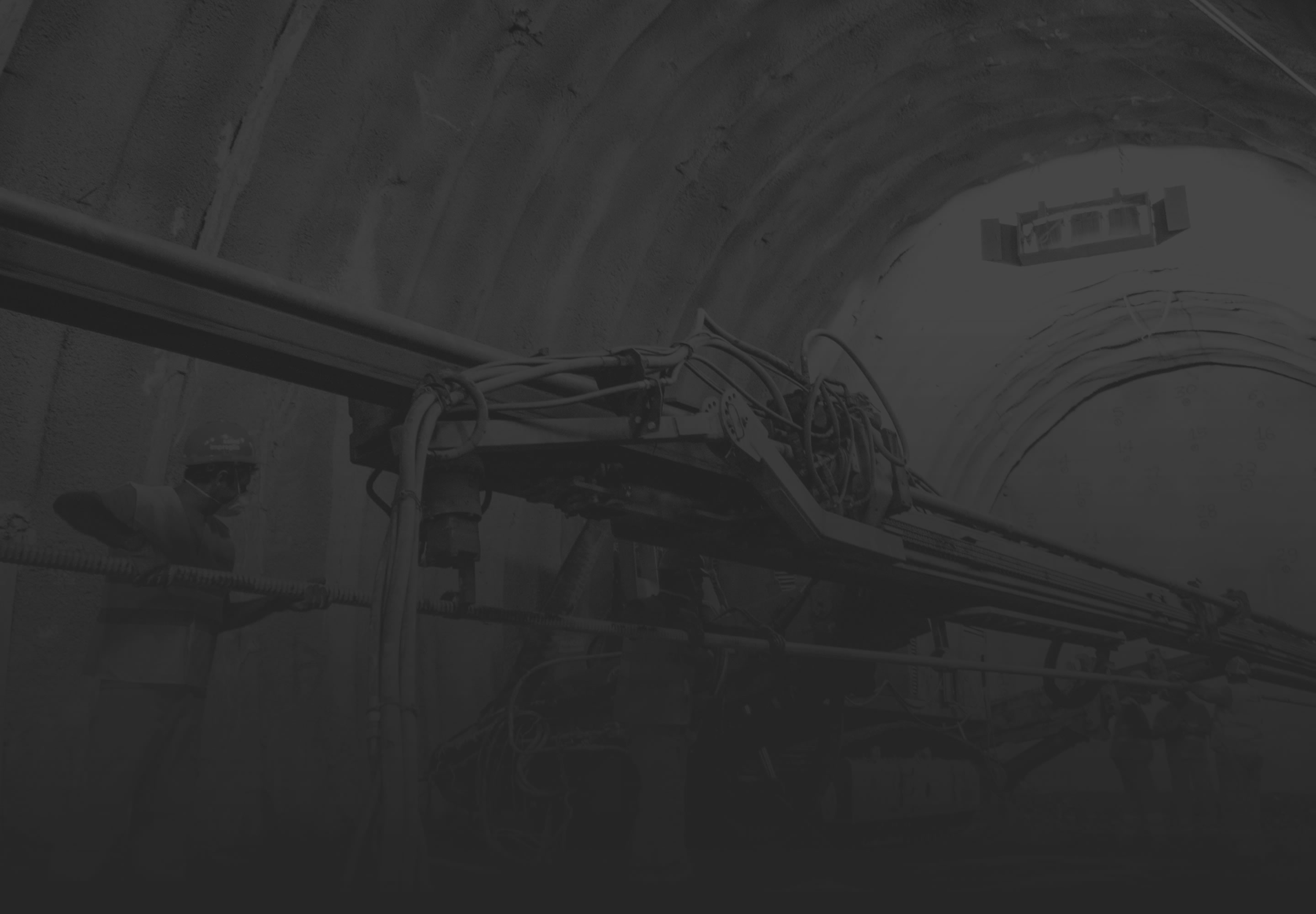
A significant contribution to Genoa's urban regeneration
Genoa's historical centre has been inappropriately defined as Europe's largest, despite its 113 hectares are inferior to Rome's, Venice's, and Naples'.
Genoa's historical centre is in any case Europe's most dense, with over 5,000 buildings registered, because from the 18th century buildings began to stratify in height, due to the delay with which the city expanded outside its walls.
This set-up, linked to the difficult habitability of some plexuses, explains the high presence of dilapidated and decaying buildings and vacant units, with abandoned street floors and widespread decay. For these reasons, the Integrated Plan for the Historical Centre was launched, with the aim of promoting rehabilitation interventions, and disseminating urban regeneration projects.
The experience of other European cities in similar conditions before the existence of high speed rail that made them more desirable for medium distance commuting, demonstrates that reducing travel times towards the most attractive work places (Milan will be reachable in under an hour), added to the types of partial forms of smartworking, could make people truly consider to permanently transfer their residency to Genoa, even for lower real estate prices, therefore contributing to the city’s demographic, economic, social and housing recovery.
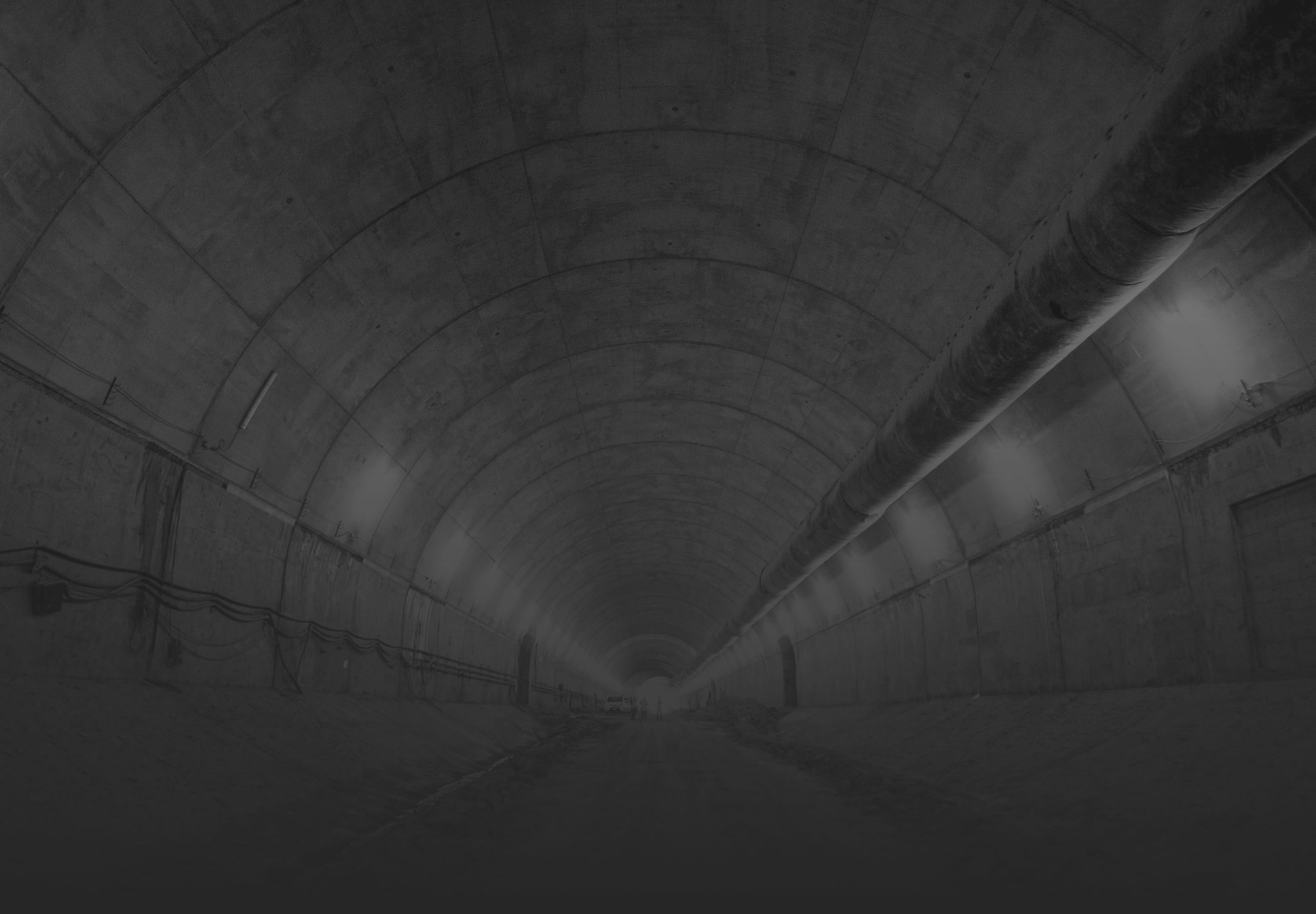
The impact on enhancing port activities
The Terzo Valico dei Giovi project will allow some goods to reach Northern Europe by rail, and not by ship, which instead foresees circumnavigating Spain and France.
In this sense, the project will connect the Ligurian port of Genoa to the southern extremity of the Rhine-Alpine corridor, one of the nine corridors of the strategic trans-European transport network (the TEN-T core network), joining the Genoa, Basel, Rotterdam and Antwerp rail junctions, while connecting the port systems to the so called Blue Banana, which represents the area with the greatest urban density, and also Europe's most important in economic terms.
The Port of Genoa will be more “attractive”, benefiting economically and in employment terms too, due to the increased activities that will be created locally. This is because the Rhine-Alpine corridor will allow transporters arriving from the Suez Canal or leaving the Mediterranean ports, to save approximately 5 days of navigation, compared to current maritime routes required to reach the ports of Rotterdam and Antwerp.
According to estimates of the Italian Ministry of Infrastructure and Transport, the quantity of goods arriving with the Terzo Valico railway should amount to 1 million annual TEUs, the same amount that is currently moved by ship, therefore hugely cutting travel costs and times, and fuel consumption and emissions from polluting substances too.





